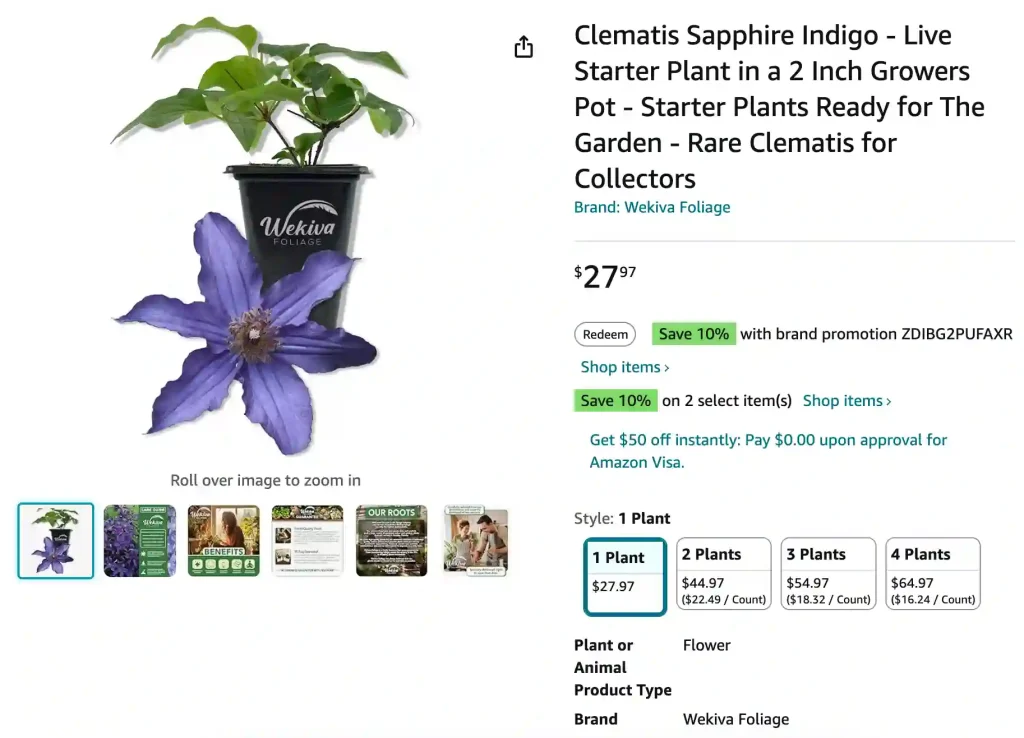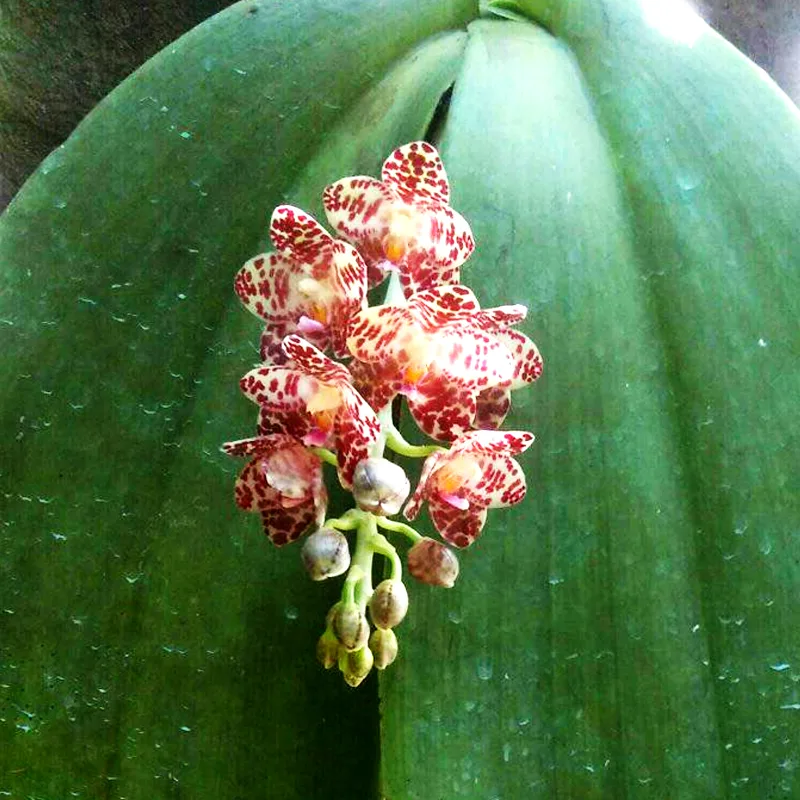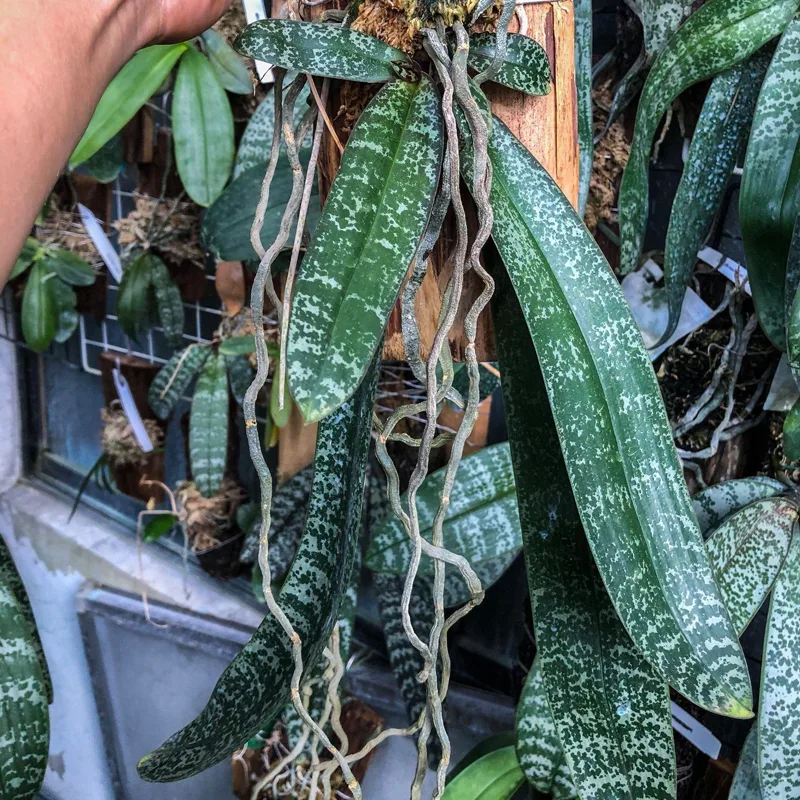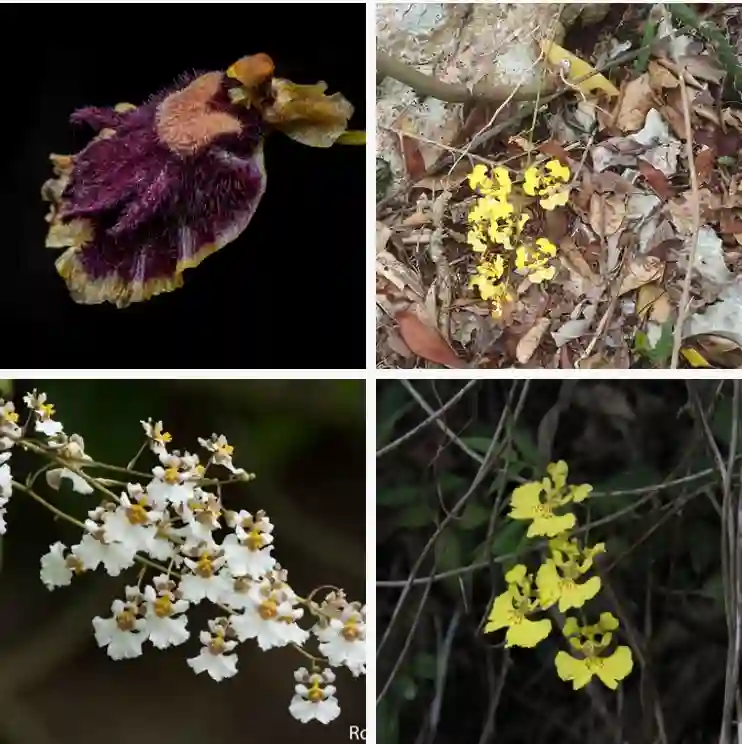
FAQs About Clematis Sapphire Indigo
Clematis Sapphire Indigo is a stunning climbing plant that I’ve come to appreciate for its vibrant, deep blue flowers and unique characteristics. If you’re considering adding this beauty to your garden, I’m here to answer some frequently asked questions about its care, propagation, and more.
391 Species in Genus Clematis
What Is Clematis Sapphire Indigo?
Clematis Sapphire Indigo is a deciduous climbing plant known for its striking, indigo-blue flowers. These blooms can grow up to five inches wide and typically appear from late spring to early summer. What I love most about this variety is how it combines beauty with versatility; it can thrive in various garden settings, from trellises to fences.
How to Care for Clematis Sapphire Indigo?
Caring for Clematis Sapphire Indigo isn’t as daunting as it may seem. Here’s a simple breakdown:
- Sunlight: This clematis prefers full sun to partial shade. I’ve found that about six hours of sunlight each day yields the best blooms.
- Soil: Well-draining, fertile soil is crucial. I usually mix compost with my garden soil to boost nutrient content.
- Watering: Regular watering helps establish roots, especially in the first year. I ensure the soil stays moist but not soggy.
- Fertilization: I apply a balanced fertilizer in early spring and again after the first bloom to support continuous growth.
- Pruning: Prune after flowering to maintain shape. I typically cut back the stems to about a foot above ground in late winter or early spring.
How to Propagate Clematis Sapphire Indigo?
Propagating Clematis Sapphire Indigo can be a rewarding experience. I’ve had success with the following methods:
- Cuttings: Take semi-hardwood cuttings in summer. Ensure each cutting has at least one node. I dip the cut end in rooting hormone and place it in a pot with moist potting soil. Keep it in a warm, humid environment until roots develop.
- Layering: I’ve also tried layering, where you bend a stem to the ground and cover a portion with soil, leaving the tip exposed. This method usually takes a bit longer but can yield great results.
What to Plant With Clematis Sapphire Indigo?
Clematis Sapphire Indigo pairs beautifully with various plants. I often plant it alongside:
- Roses: The deep blue flowers create a stunning contrast against the vibrant colors of roses.
- Foxgloves: Their tall spikes complement the climbing nature of clematis, adding vertical interest.
- Hostas: The lush foliage of hostas provides a lovely backdrop, enhancing the beauty of the clematis blooms.
Is Clematis Sapphire Indigo Toxic?
One common concern is toxicity. Fortunately, Clematis Sapphire Indigo is not toxic to pets or humans. I always appreciate plants that add beauty without the worry of harmful effects.
What Are the Benefits of Growing Clematis Sapphire Indigo?
Growing Clematis Sapphire Indigo offers numerous benefits:
- Aesthetic Appeal: The indigo flowers are a standout feature in any garden.
- Attracts Pollinators: I’ve noticed that bees and butterflies are often drawn to its blooms, enhancing the garden’s ecosystem.
- Versatile: It can grow on trellises, fences, or even as ground cover.
Common Problems with Clematis Sapphire Indigo
While it’s generally easy to care for, I’ve encountered a few common issues:
- Wilting Leaves: This could indicate either underwatering or overwatering. I always check the soil moisture before adjusting my watering routine.
- Powdery Mildew: In humid conditions, this fungal disease can occur. I’ve found that increasing air circulation and avoiding overhead watering helps prevent it.
- Pests: Aphids and spider mites can be occasional pests. I use insecticidal soap or neem oil to manage infestations effectively.
How Does Clematis Sapphire Indigo Compare to Other Clematis Varieties?
Clematis Sapphire Indigo often gets compared to other popular varieties like Clematis Jackmanii and Clematis Nelly Moser. While Jackmanii features a more vibrant purple hue and is vigorous, Sapphire Indigo offers a unique blue color with slightly smaller flowers. Nelly Moser, on the other hand, is known for its striking pink and white blooms, making it a more romantic choice compared to the bold blue of Sapphire Indigo.
Conclusion
Clematis Sapphire Indigo is a captivating addition to any garden. Its care is manageable, and its beauty is unparalleled. Whether you’re a seasoned gardener or a beginner, I encourage you to consider this stunning plant for your green space. The vibrant blooms, ease of care, and compatibility with various plants make it a top choice for anyone looking to elevate their garden’s aesthetic. Happy gardening!
If i die, water my plants!



